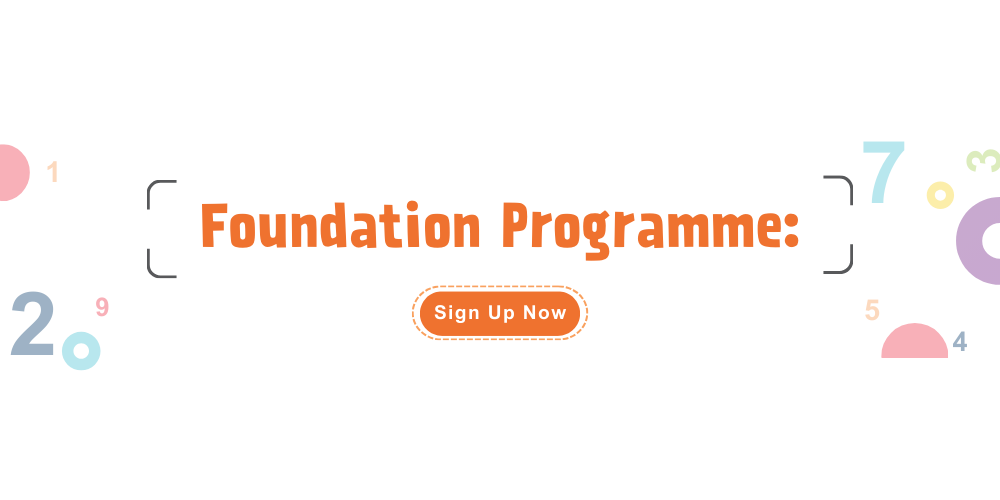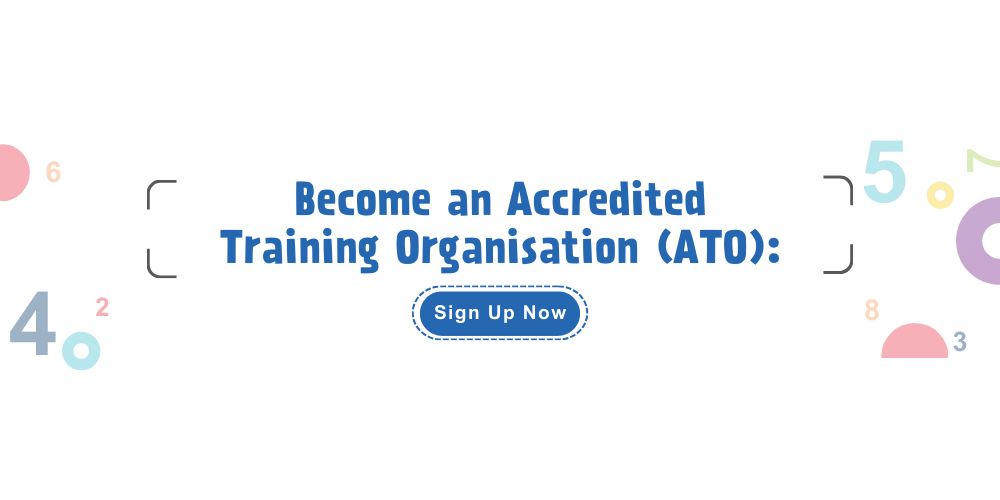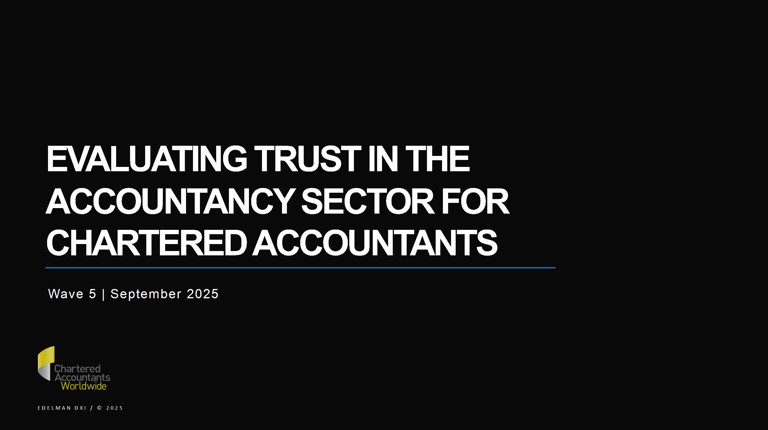Auditor Reporting
The auditor’s report is the auditor’s primary means of communication with an entity’s stakeholders.
ResourcesFirst Year Review of the Enhanced Auditor’s Report in Singapore (October 2017) Investors’ Guide on the Enhanced Auditor’s Report (March 2017) |
Background of the IAASB Project
The auditor’s report is the auditor’s primary means of communication with an entity’s stakeholders. Hence, the report has to be meaningful and deliver value for the stakeholders. While the current binary auditor's report is valued, many stakeholders perceive that it could be more informative. Users of audited financial statements have been calling for more pertinent information for their decision-making in today’s global business environment with increasingly complex financial reporting requirements. The global financial crisis has also triggered renewed focus of users, in particular institutional investors and financial analysts, to want to know more about individual audits and to gain further insights into the audited entity and its financial statements. Change, therefore, is essential.
The international standard setter, the International Auditing and Assurance Standards Board (IAASB) understands and embraces the significant need for, and importance of, international leadership on the topic of Auditor Reporting.
In June 2012, the IAASB issued an Invitation to Comment (ITC) on Improving the Auditor’s Report to seek feedback on the IAASB’s indicative proposed direction for the future auditor’s report. The IAASB considered the feedback received and in July 2013, issued its Exposure Draft (ED), Reporting on Audited Financial Statements: Proposed New and Revised International Standards on Auditing, which included 5 proposed revised standards and 1 proposed new standard for the auditing profession.
Following consultation and rigorous due process, the IAASB issued the new and revised auditor reporting standards in January 2015, which are effective for audits of financial statements for periods ending on or after 15 December 2016.
Why it affects Singapore
The IAASB project to improve auditor reporting is a key international development which has far-reaching implications globally. As Singapore adopts the international auditing and assurance standards issued by the IAASB, stakeholders in Singapore are also impacted by the changes.
As part of the due process, a public consultation was held in May 2015 to solicit feedback on the local adaption of the IAASB standards. Respondents to the Exposure Draft include the preparers of financial statements, public accounting firms as well as representatives from financial institutions and insurance companies.
With rigorous due process and due consideration of the feedback received, ISCA has, following approval from the ACRA's Public Accountants Oversight Committee (PAOC), issued the new and revised auditor reporting standards on 30 July 2015. The new and revised standards and the related conforming amendments are effective for audits of financial statements for periods ending on or after 15 December 2016. Early adoption is allowed.
New and Revised Auditor Reporting Standards
- Singapore Standard on Auditing (SSA) 700 (Revised), Forming an Opinion and Reporting on Financial Statements
- New SSA 701, Communicating Key Audit Matters in the Independent Auditor's Report
- SSA 260 (Revised), Communication with Those Charged with Governance
- SSA 570 (Revised), Going Concern
- SSA 705 (Revised), Modifications to the Opinion in the Independent Auditor's Report
- SSA 706 (Revised), Emphasis of Matter Paragraphs and Other Matter paragraphs in the Independent Auditor's Report
Conforming Amendments
In addition, conforming amendments have been made to the following SSAs and locally developed pronouncements:
- SSA 200, Overall Objectives of the Independent Auditor and the Conduct of an Audit in Accordance with Singapore Standards on Auditing;
- SSA 210, Agreeing the Terms of Audit Engagements;
- SSA 220, Quality Control for an Audit of Financial Statements;
- SSA 230, Audit Documentation;
- SSA 510, Initial Audit Engagements - Opening Balances;
- SSA 540, Auditing Accounting Estimates, Including Fair Value Accounting Estimates, and Related Disclosures;
- SSA 580, Written Representations;
- SSA 600, Special Considerations - Audits of Group Financial Statements (Including the Work of Component Auditors);
- SSA 710, Comparative Information - Corresponding Figures and Comparative Financial Statements;
- Statement of Auditing Practice (SAP) 2 (Revised), Auditors and Public Offering Documents;
- Audit Guidance Statement (AGS) 1, Sample Independent Auditor's Reports
- AGS 5, Audits of Entities in Specific Industries, Professions or Vocations;
- AGS 9, Opinion on Receipts, Expenditure, Investment of Moneys and the Acquisition and Disposal of Assets by Statutory Boards; and
- AGS 10, Joint Audits.
Please click here to access the ISCA auditing and assurance pronouncements.
Key Enhancements to the Auditor's Report
| Key Enhancements | Value | |
| 1 | Key Audit Matters (KAM) New section to communicate KAM. KAM are those matters that, in the auditor's judgment, were of most significance in the audit of the current period financial statements The requirement to communicate KAM is mandatory for audits of complete sets of general purpose financial statements of listed entities | Provides information of interest to users, enhances the value of the current binary auditor's opinion and increases the relevance of audit Insights provided in KAMs enable investors to focus on key audit issues which generally correlate to the significant risk areas of the entity - helps deepen engagement between stakeholders, management, directors and auditors |
| 2 | Going Concern (GC)
| Topic of GC is of significant interest in light of the global financial crisis. In the public interest for increased focus on GC matters by management and auditors
|
| 3 | Statement about the Auditor's Independence and Fulfilment of Relevant Ethical Responsibilities Affirmative statement about the auditor’s independence and fulfilment of relevant ethical responsibilities | Emphasises the importance of complying with ethical requirements as a basis for the audit and increases the focus on auditor independence |
4 | Disclosure of Name of Engagement Partner Disclosure of the name of the engagement partner for audits of financial statements of listed entities, with a “harm’s way” exemption, i.e. disclosure is necessary unless, in rare circumstances, such disclosure is reasonably expected to lead to a significant personal security threat | Increases transparency and provides engagement partner with a greater sense of personal responsibility and accountability, which translates to improved audit quality |
5 | Enhanced Description of the Responsibilities of the Auditor Description of auditor’s responsibilities for the audit and key features of the audit have been enhanced and expanded | Provides greater transparency of the audit process and provides enhanced understanding of the role of auditor and the nature of audit work |
6 | Ordering of Sections “Opinion” section required to be presented first, followed by the “Basis for Opinion” section, unless law or regulation prescribe otherwise | Recognises the importance of the auditor's opinion on the financial statements to users |
Key Localisation Amendments
The SSAs are generally in line with the IAASB standards, with amendments made for the purpose of local adoption in Singapore. The key localisation amendments (differences between the ISAs and the SSAs) are as follows:
1. "Auditor's Responsibilities" Section
SSA 700 (Revised) requires the full description of the auditor’s responsibilities to be included within this section and does not provide the option allowed under ISA 700 (Revised) for part of the description to be included within an appendix or on a website of an appropriate authority. ISCA believes that the description is important, and it is essential for users to fully understand the auditor’s responsibilities by reading the auditor’s report itself.
2. “Responsibilities of Management and [Those Charged with Governance (TCWG)] for the Financial Statements” Section
Amendments have been made to the description of responsibilities for internal control and director’s responsibilities for overseeing the financial reporting process for illustrative auditor’s reports of Singapore companies to reflect the intent of the Companies Act.
3. Ethical Requirements for Public Accountants
A public accountant is required to comply with the ACRA Code of Professional Conduct and Ethics for Public Accountants and Accounting Entities and the relevant ethical requirements. The ethical requirements that are relevant to the audit of the financial statements in Singapore include the ACRA’s PAOC’s pronouncements on all professional matters and professional ethics issued from time to time; and the pronouncements on professional matters and professional ethics of any professional accountancy body adopted by the PAOC, for example, Ethics Pronouncement (EP) 200, Anti-Money Laundering and Countering the Financing of Terrorism – Requirements and Guidelines for Professional Accountants in Singapore.
A public accountant should hence make reference to the ACRA Code and the ethical requirements that are relevant to the audit of the financial statements in Singapore, in the auditor's report. The illustrative reports in SSA 700 (Revised) provide the appropriate wordings.
Related Resources
More about the IAASB Auditor Reporting Project and Relevant Toolkits
United Kingdom Financial Reporting Council's Review of Experience
IAASB The New Auditor’s Report: Questions and Answers
Copyright © November 2016 by the International Federation of Accountants (IFAC). All rights reserved. Reproduced with the permission of IFAC.





.png?sfvrsn=dd675fd5_2)


6a6c7fe2013f4be3b0ecc0a5930da5c9.jpg?sfvrsn=ab5334c8_0)

/business-management-global-connection/istock-1167579720-c.jpg?sfvrsn=ff93f9a5_2)
/audit-assurance/istock-1169206203-c.jpg?sfvrsn=1d6f9b25_6)


/ethics-and-professionalism/istock-1141115724-c.jpg?sfvrsn=4e54d691_2)

/audit-assurance/istock-818732836-c-v3.jpg?sfvrsn=ae44e7b7_0)

.png?sfvrsn=905ee1bd_0)
/legal-secretarial/istock-866706340-c.jpg?sfvrsn=d7f57b8c_2)